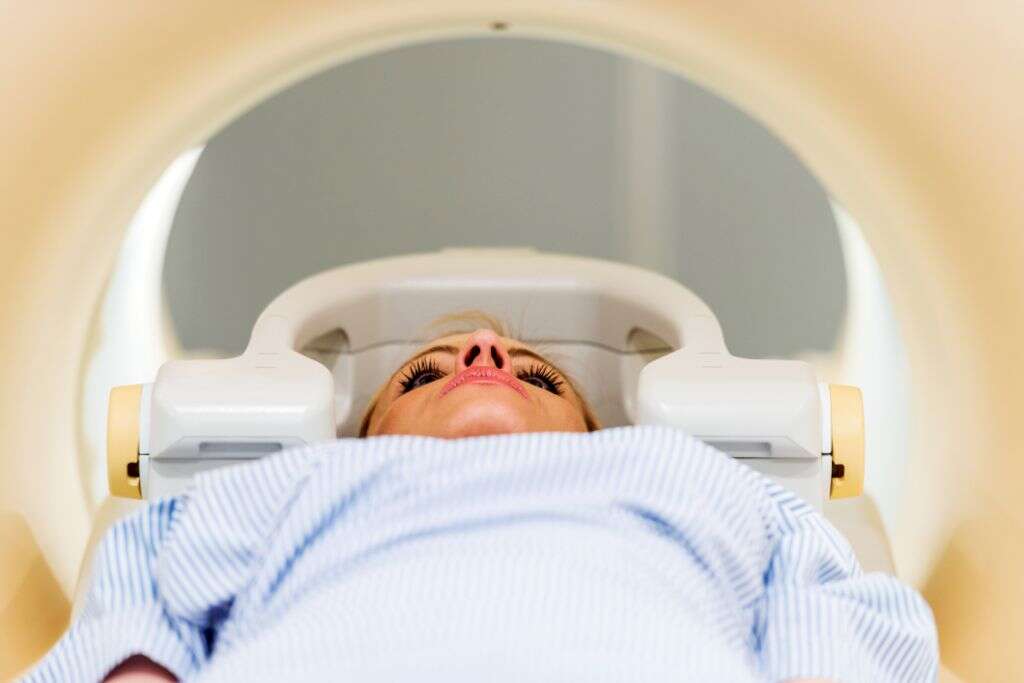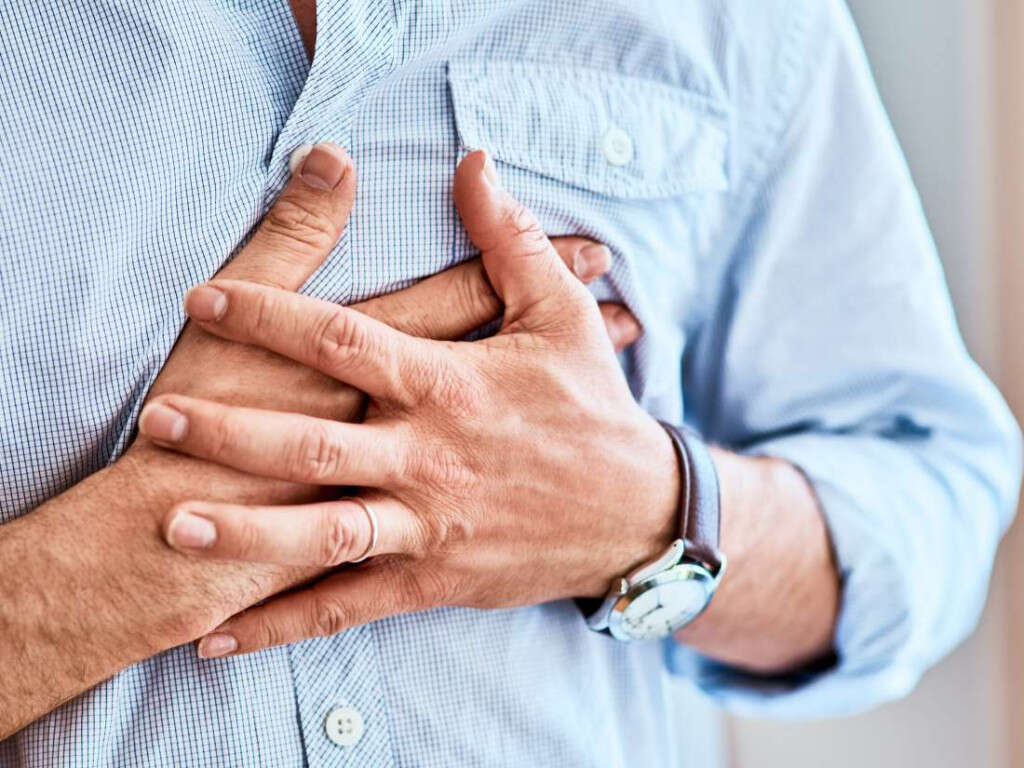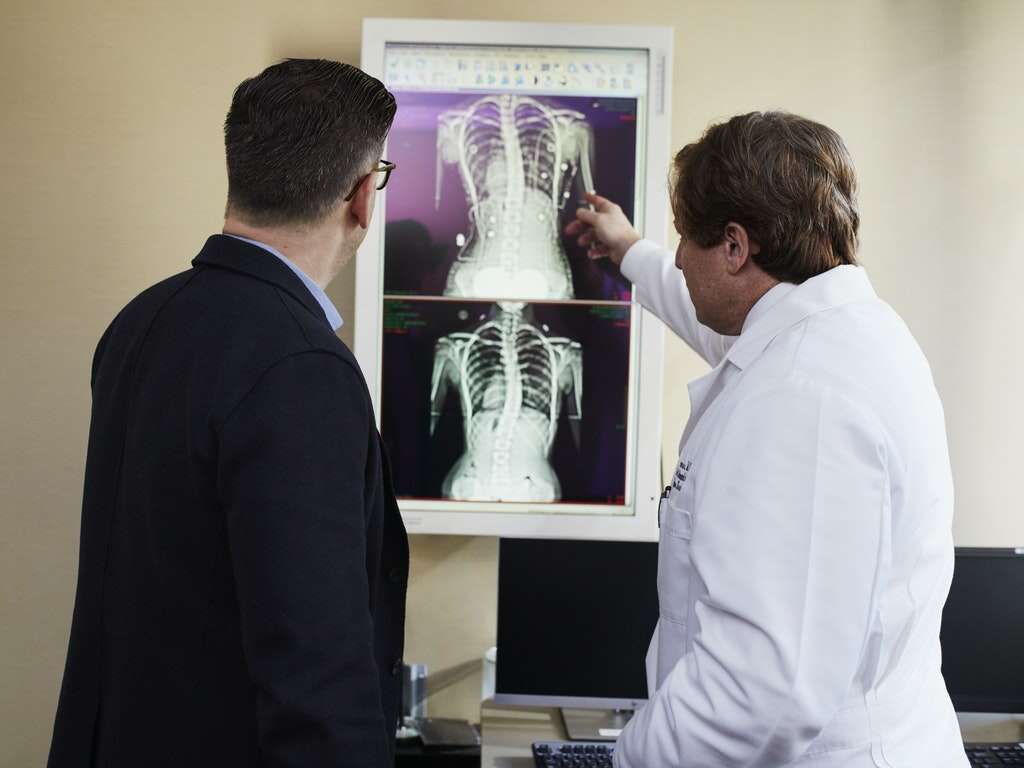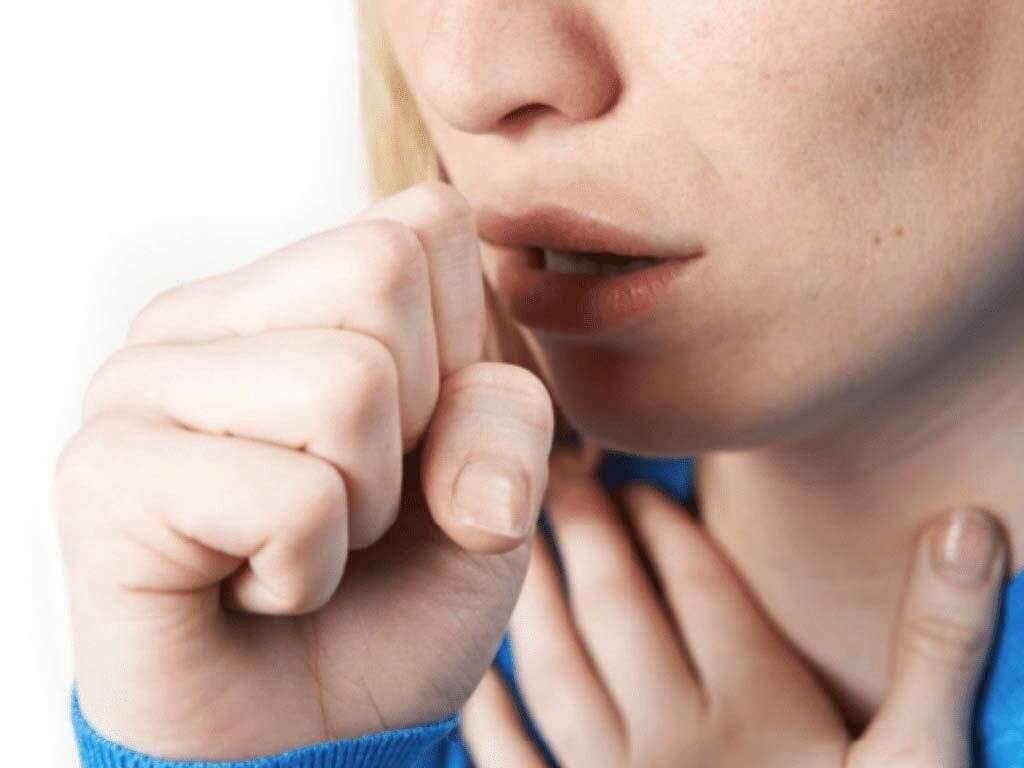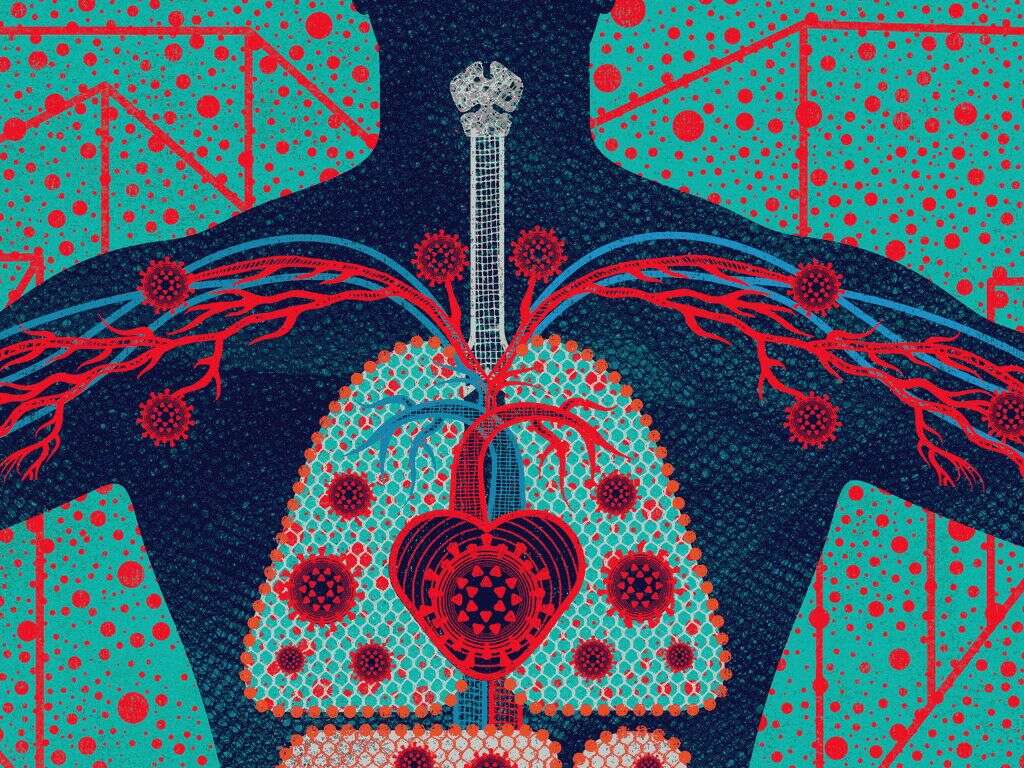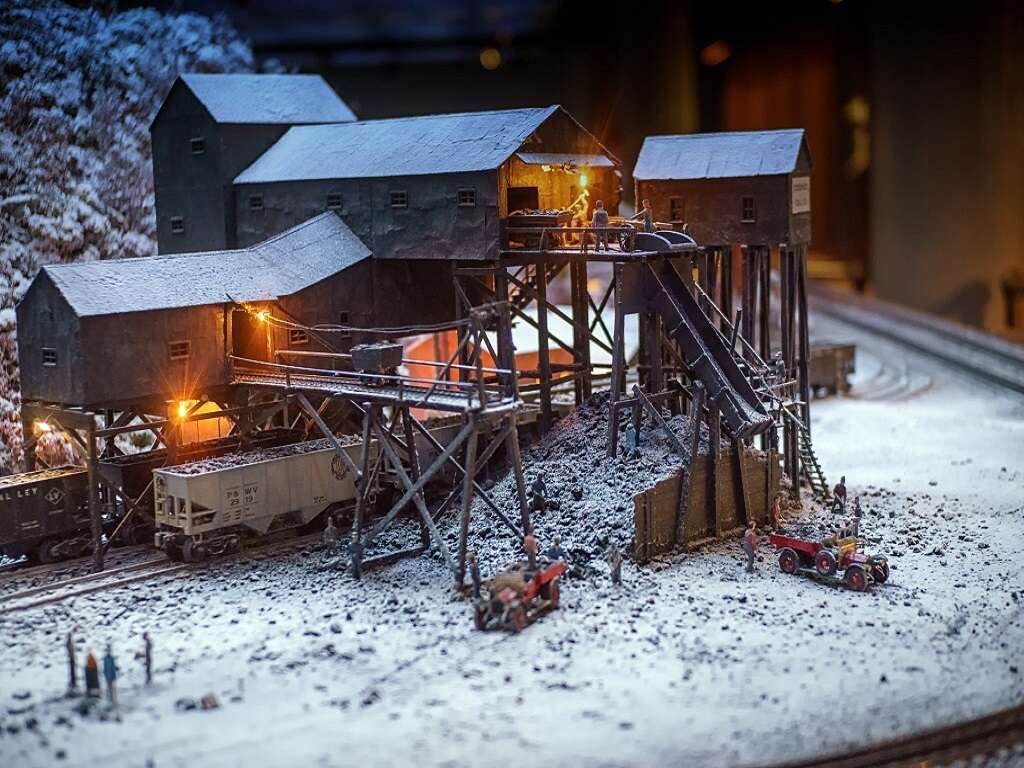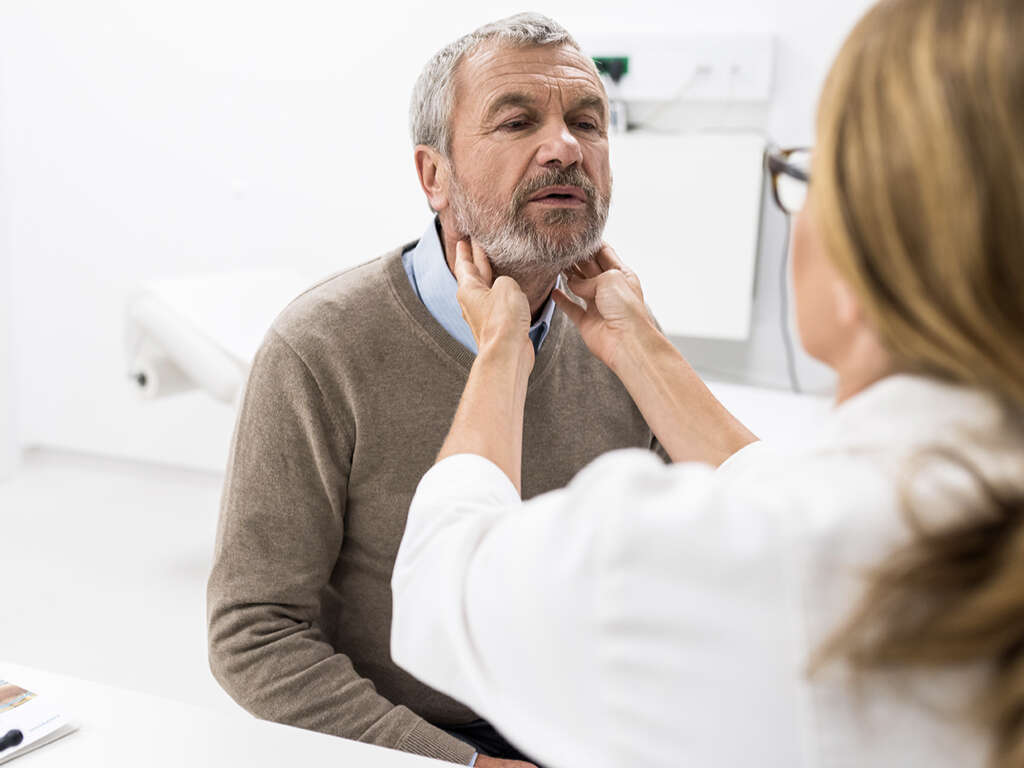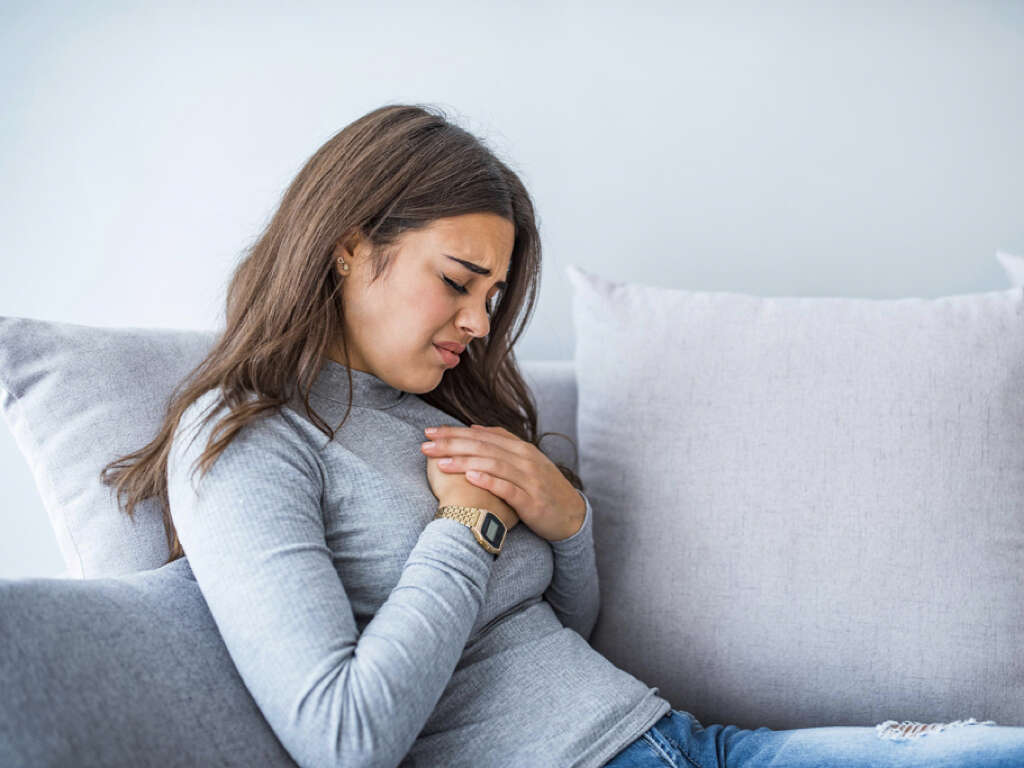10 Lung Cancer Causes
Lung cancer is a particularly prevalent form of cancer in the United States. As it’s the leading cause of cancer-related deaths, it’s important to find the causes of this disease and look for prevention strategies. Whether you or someone you know is at risk of contracting this type of cancer, it’s important to understand the most likely cause.
Explore the environmental, lifestyle and genetic causes of lung cancer today. Compare these with your current lifestyle and family history to see how you can reduce the risk of contracting this form of cancer.
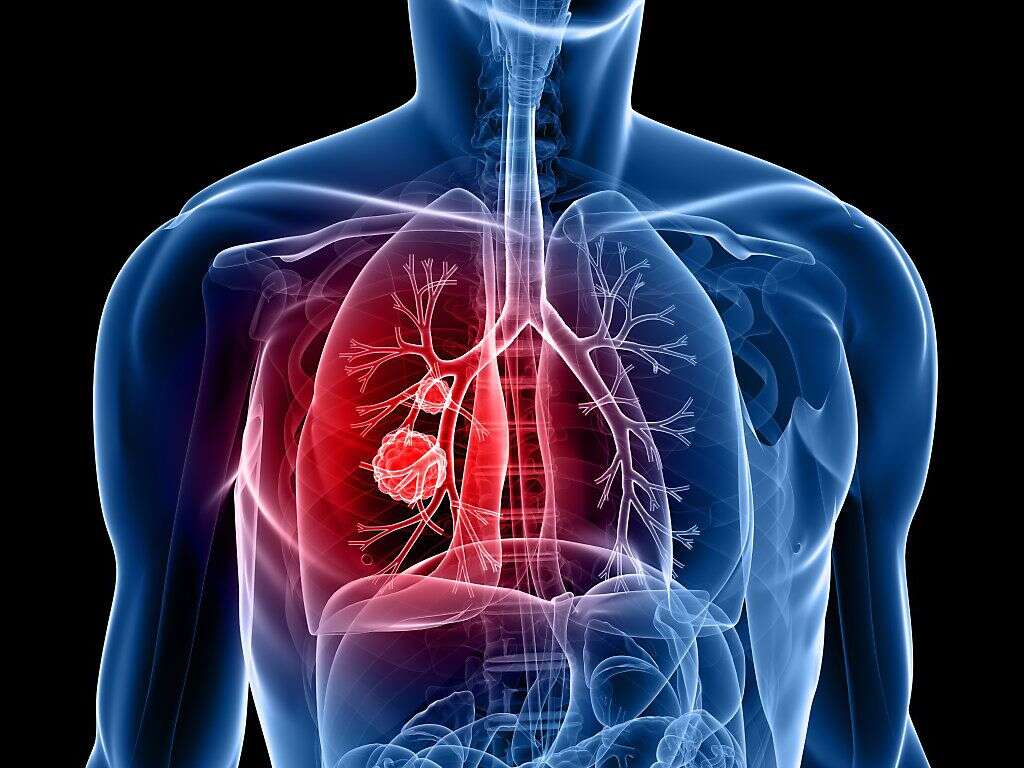
1. Tobacco Products
The leading cause of lung cancer is smoking. Tobacco smoking causes an estimated nine in 10 cases in men and eight in 10 in women. This habit is a highly addictive, dangerous one when it comes to your lungs and overall health. It can lead to other lung-related issues as well.
Many of the risks of smoking can continue throughout your life. Quitting smoking reduces the risk of contracting lung cancer, but it won’t remove it entirely. The best way to reduce the risk of lung cancer is to avoid smoking altogether or quit immediately.

2. Second-hand Smoke
Smoking affects everyone around the smoker. Second-hand smoke is another leading cause of lung cancer. After quitting smoking, you need to help everyone else in your life to stop smoking in order to reduce the effects of second-hand smoke. This will also help your friend or family member avoid this form of cancer.
Over 7,000 individuals in the United States die from second-hand fumes. These non-smokers have a high risk of lung cancer due to the harmful habits of their loved ones. Simply living with an individual who smokes can increase your risk of contracting lung cancer by 30%.

3. Radon Exposure
After tobacco smoke, radon exposure is the second-most common cause of lung cancer. This gas is found naturally in the soil. It’s colorless and odorless and can leak into your home through small gaps in your foundation or siding. Once in your home it can increase the risk of lung cancer in your entire household.
Approximately one in 15 homes are affected in the United States. Don’t let your home be one of them. There are professional and DIY kits available to test your home’s air quality to see if you need to take action against radon gas.
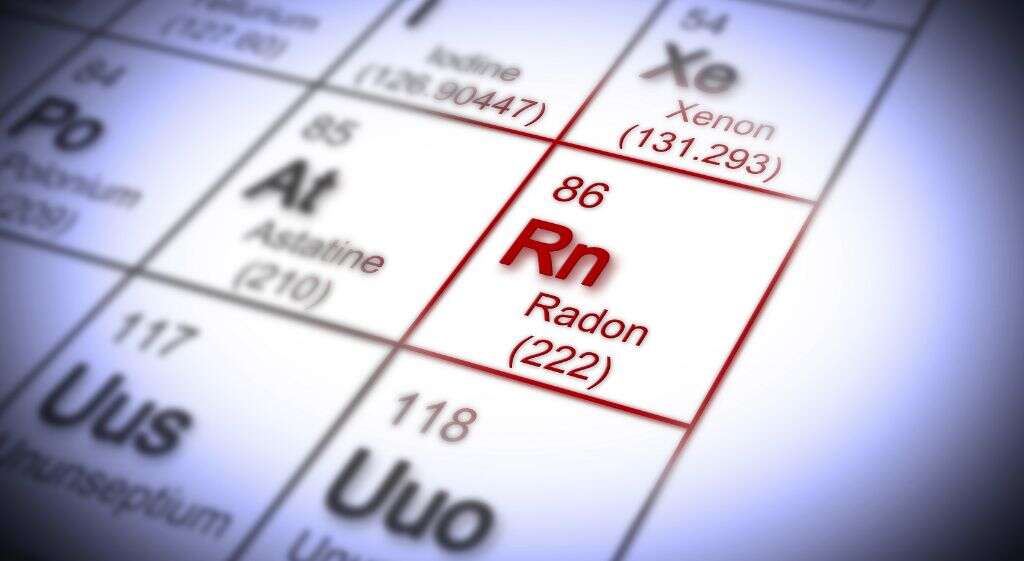
4. Air Pollution
There are a number of pollutants that can affect air quality. Industrial pollution may be the most obvious, but other chemicals, automotive exhaust and even dust can affect the quality of the air around you. Indoor and outdoor air quality is an important factor in your risk of contracting lung cancer.
Poor air quality can occur in any part of the world. While areas outside the United States may have lower air quality, there are many cities, neighborhoods and homes in the United States that have poor air quality. Find out how you can reduce the risks of air pollution by filtering your home’s air and avoiding certain highly polluted areas.
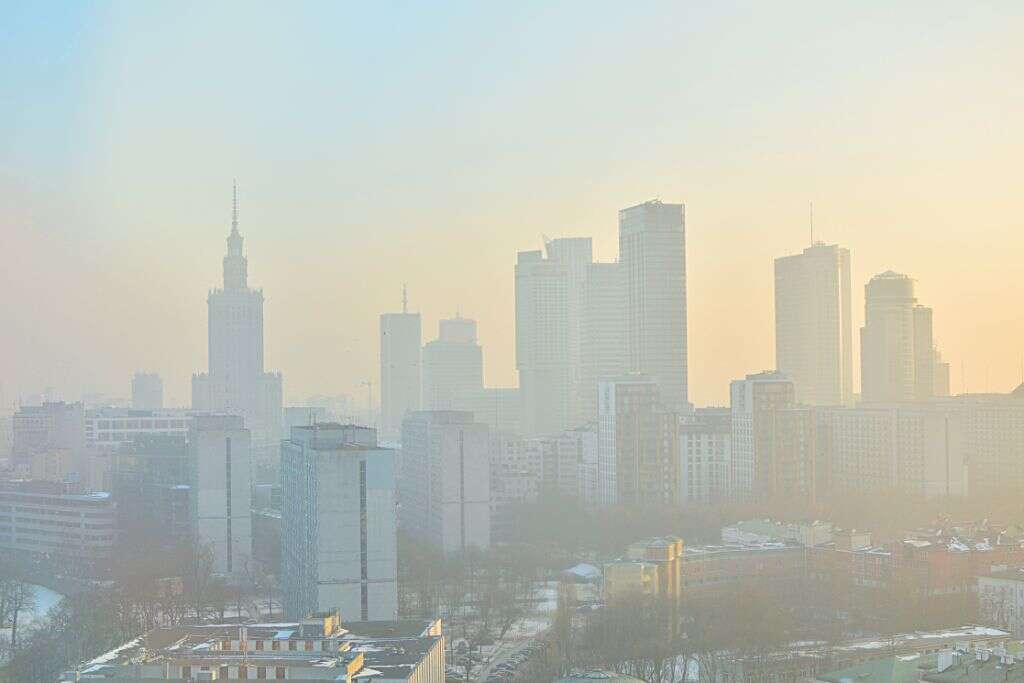
5. Family History
Non-small cell lung cancer is linked with a family history of lung cancer. A history of other types of cancer can also lead to increased risks of this particular form. If someone in your immediate or extended family is dealing with or has dealt with cancer, this can increase your risk.
Family history is a genetic risk factor. While lung cancer risk can have a genetic component, researchers haven’t concluded whether this component is more or less important than environmental factors. Discuss cancer in your family to determine how your genetics may increase or decrease your risk.

6. Carcinogenic Chemicals
There are many chemicals at home or around your neighborhood that could affect your risk of lung cancer. These chemicals may be exhaust fumes, building materials or cleaning solutions. Discover whether your home may harbor carcinogenic chemicals.
The most common carcinogen in older homes is asbestos. This material was used as insulation in homes and other buildings. Once its carcinogenic properties were discovered it was banned, but there are still many buildings that contain asbestos. Other carcinogenic elements include nickel, cadmium, arsenic, uranium and chromium. Exposure to some petroleum products can also increase your risk of lung cancer.
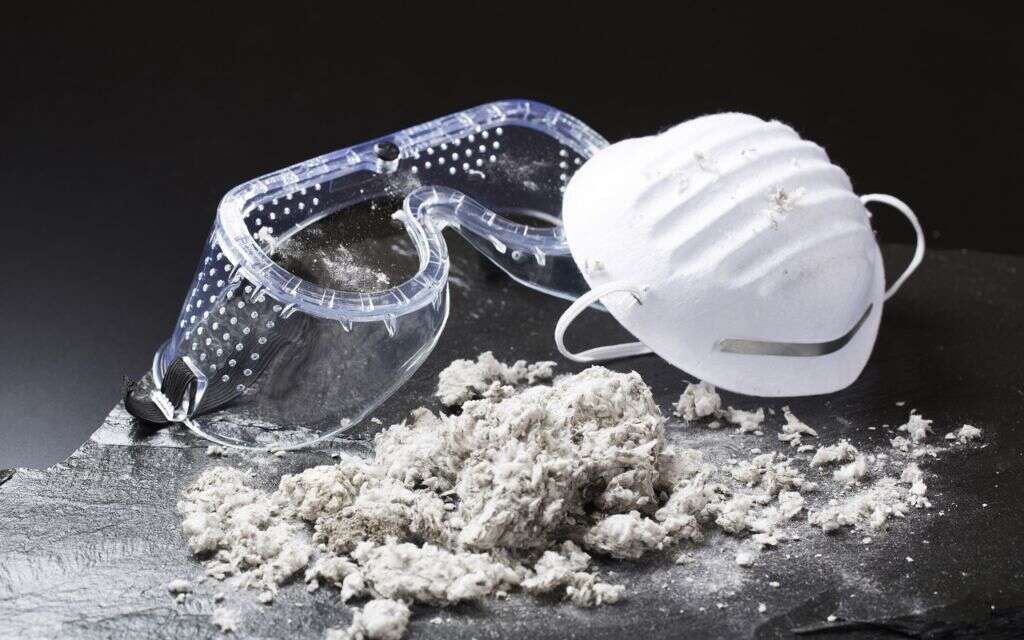
7. Diet
The food you eat may play a part in your risk of lung cancer. Foods that are high on the glycemic index, such as white rice, white bread and russet potatoes, have been linked with lung cancer. Continuing to eat a diet rich in these foods can increase your risk of cancer.
A high-carbohydrate diet also affects your blood sugar and insulin resistance. When you eat a high-sugar diet, it can lead to insulin resistance and high blood sugar levels. Talk to a doctor to learn more about insulin resistance and how you can change your diet to reduce this risk.

8. Workplace Chemical Exposure
Industrial workplaces have a significant amount of carcinogenic chemicals present. While safety standards have come a long way, there are still risks in these work environments. You don’t have to work directly with carcinogenic chemicals to be at risk, so learn more about the presence of these chemicals in your workplace.
Diesel exhaust, asbestos, soot and tar are all common chemicals you may be exposed to at work. Use proper protective equipment and other strategies to limit or remove your exposure to these and other workplace chemicals to stay safe while you work.
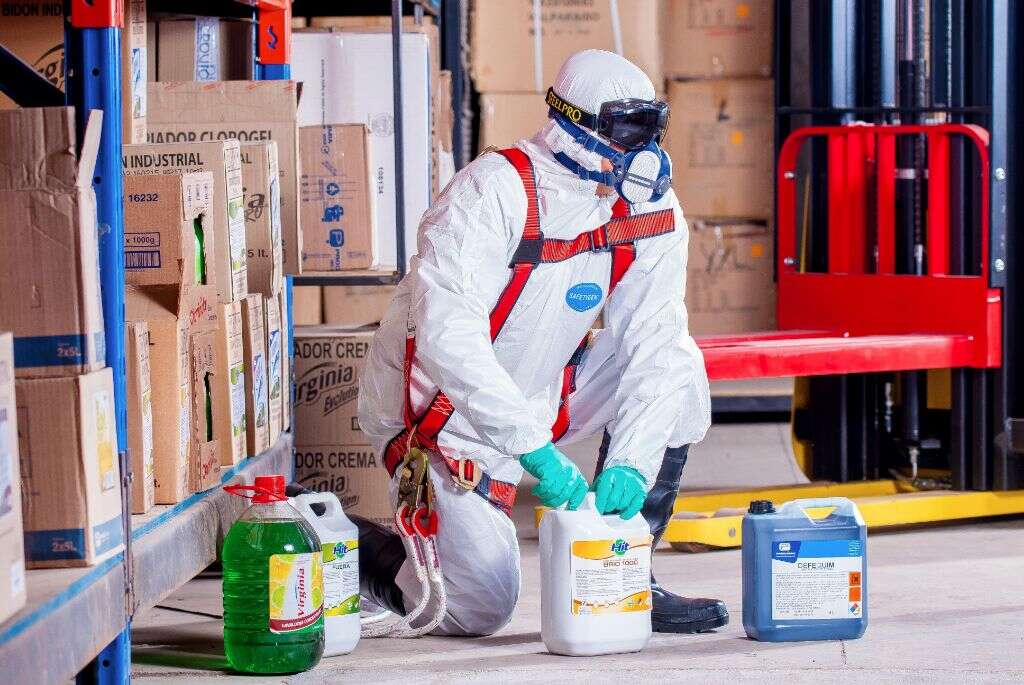
9. History of Cancer
Someone with a history of cancer and cancer treatment is at a higher risk of developing lung cancer. This can happen while the other cancer is still present or in the future.
This risk is higher if your previous cancer was also in your lungs. Ask your doctor about your cancer recurrence risk and how to reduce it. Lifestyle changes may lower the risk of contracting lung cancer in this situation.
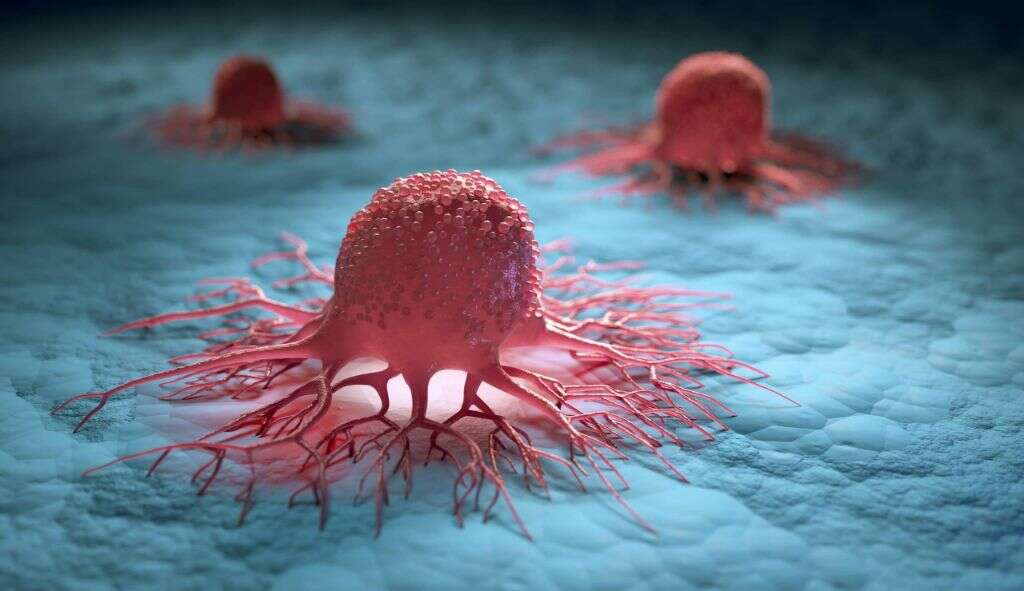
10. Radiation Therapy
Finally, treatment used to cure previous, different forms of cancer can lead to an increased risk of lung cancer. Many treatment options carry their own risks. While it isn’t guaranteed, radiation therapy and other treatments may increase the risk of lung cancer and other types of cancer.
Ask about the risk of lung cancer after radiation therapy. Because there are many factors related to this form of therapy, the exact increase in risk can vary. This risk is lower than the risk associated with tobacco products and radon gas. Find ways to reduce these common causes of lung cancer to limit your chance of contracting this disease so that you can enjoy healthy, easy breathing.
